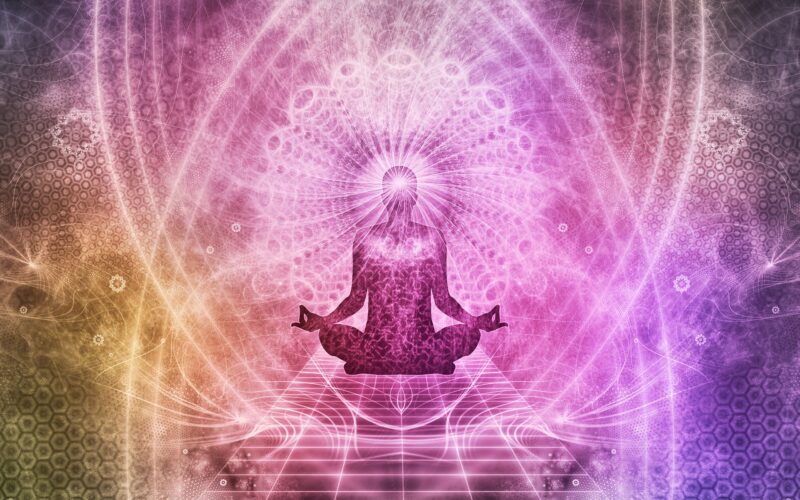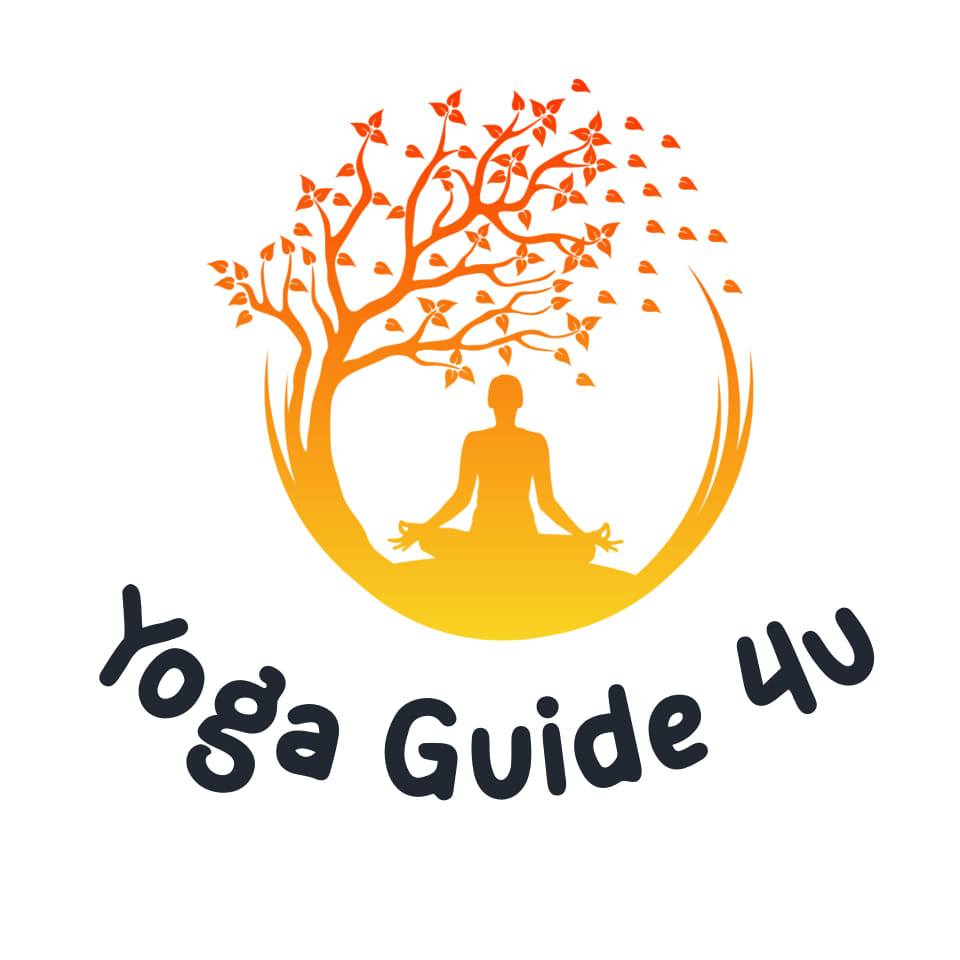Origins Of Yoga

The Origins of Yoga
Yoga, an ancient practice that has gained immense popularity in modern times, traces its origins back thousands of years.
The origins of yoga can be found in the ancient texts of India known as the Vedas.
The Vedas are a collection of sacred scriptures that were composed between 1500 and 500 BCE. These texts contain hymns, rituals, and philosophical discussions, and they provide insights into the early spiritual practices of the people of ancient India.
Yoga, as a spiritual and philosophical system, is most notably expounded upon in the Yoga Sutras of Patanjali.
Patanjali was an Indian sage who is believed to have lived around 200 BCE. The Yoga Sutras are a collection of aphorisms that outline the philosophy and practice of yoga.
They describe the eight limbs of yoga, known as Ashtanga Yoga, which includes ethical principles, physical postures, breath control, meditation, and a state of blissful awareness.
Throughout history, yoga has evolved and adapted, incorporating various influences and styles. yoga as been practised by different schools of philosophy, religious traditions, and spiritual seekers.
In the 19th and 20th centuries, yoga gained wider recognition and popularity in the Western world, thanks in part to influential figures like Swami Vivekananda and the teachings of yoga masters such as T. Krishnamacharya and B.K.S. Iyengar.
Today, yoga is embraced by millions of people worldwide as a means to promote physical well-being, mental clarity, and spiritual growth.
It is practised in various forms, including Hatha Yoga (which focuses on physical postures), Raja Yoga (which emphasizes meditation and mind control), Bhakti Yoga (the path of devotion), and Karma Yoga (the path of selfless service).
The origins of yoga are deeply rooted in the spiritual and philosophical traditions of ancient India.
Through centuries of practice, exploration, and refinement, yoga has become a holistic system that offers a path to harmonizing the body, mind, and spirit. Its timeless wisdom continues to inspire and transform the lives of many who embrace its teachings.
There are more concerns about toxicity in the food we eat and the air we breathe.
Millions of people today live a sedentary lifestyle, which is associated with obesity.
The body, the cavities of our soul, was not meant to deteriorate in such a way that leads to disease.
There is a growing trend to practising Yoga for many different reasons, which include attaining the yoga body or physique, relaxation and peace of mind, or preventing injury and ailments.
Yoga, which is derived from the sacred Sanskrit language of India, means ‘union’ or ‘to yoke or harness’.
Yoga is a way or path to transcendence and liberation from the self and the ego by purifying the mind and body.
Practising yoga leads to a union with the mind and body or the individual and universal consciousness. In other words, yoga is the union with the Individual Self and the Universal Self.
Yoga predates all other religions and has influenced and inspired many other traditions and philosophies.
Yoga is better understood as a union of the physical, physiological, mental, emotional, and intellectual bodies, which leads to a purposeful and balanced life.
There is simply no other discipline quite like yoga because it utilized the body, mind and spirit, all in one practice.
Yoga is indeed a spiritual path that is based on ancient sacred philosophy, but one does not need to make an ethical decision when practising yoga, rather finding your own path is wholly accepted.
The holistic benefits of yoga are suitable for the young or old, sick or well, with any religious background.
The secrets of yoga are inwardness, concentration, and purification of mind and body with cleansing thoughts and food. Indian philosophy states that within man is the spirit that is the centre of everything.
